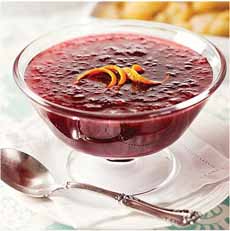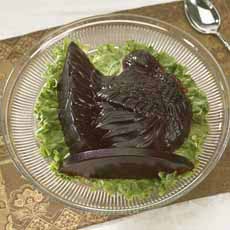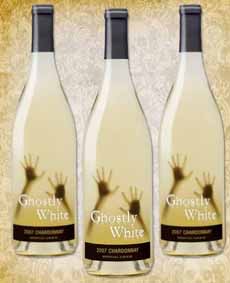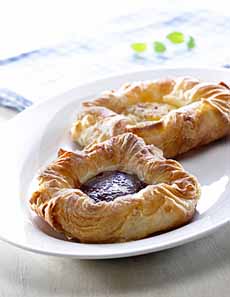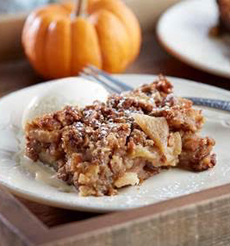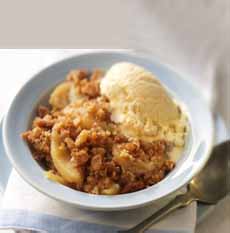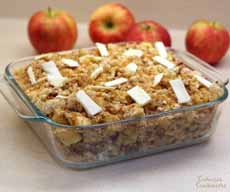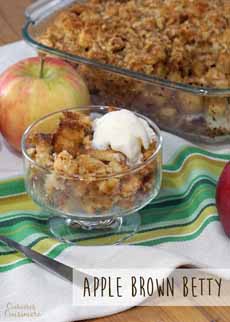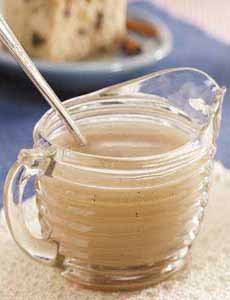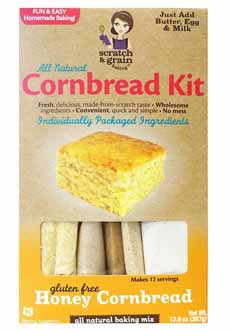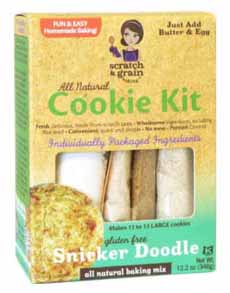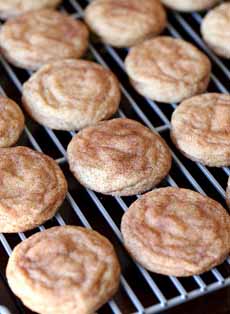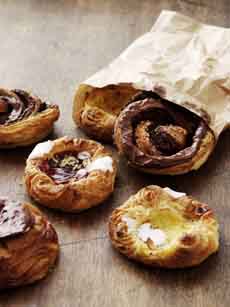
[1] One of the most popular types of Viennoiserie is Danish pastry, typically round with fruit and/or cheese fillings (photo courtesy Visit Denmark).
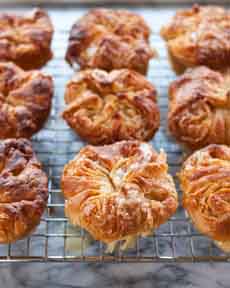
[2] Kouign amann may look like Danish’s country cousin, but the flavor is as royal as it can be (Here’s the recipe from The Kitchn).

[3] Perhaps the most oft-consumed Viennoiserie choice: the croissant (photo courtesy The French Farm).
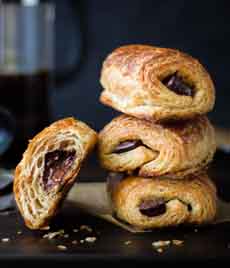
[4] Pain au chocolat, often called a chocolate croissant in the U.S. It’s croissant dough with chocolate rolled into the dough, which is shaped in a rectangle instead of a crescent. Here’s the recipe from The Bojon Gourmet.
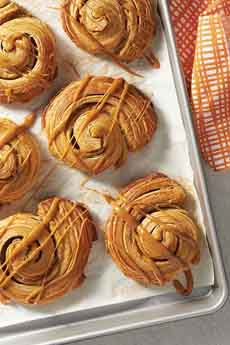
[5] Today’s recipe: a pumpkin cheese Danish, the breakfast version of pumpkin cheesecake (photo courtesy King Arthur Flour).
|
|
Long before we could say “Viennoiserie” (vee-en-WAH-zuh-ree, meaning “things of Vienna”), we could say “cheese Danish.” We cannot remember a time that cheese Danish was not part of our life.
Our nana was a big baker of Viennoiserie; and if she didn’t have time, there were bakeries owned by Austrian and German bakers who had immigrated to New York after World War II.
WHAT IS VIENNOISERIE?
Viennoiserie is the category of what is called breakfast pastry in the U.S. It is made with laminated yeast dough or puff pastry. It includes, among other varieties, croissants, pain au chocolat, pain au raisins and Danish pastry.
It bridges the gap between bread and pastry.
White flour is combined with ingredients—eggs, butter, sugar, milk, cream—which create a richer, sweeter flavor than brioche, challah or other sweet breads. Active yeast cultures cause the quick rise of the dough, creating the signature flakiness when it is baked.
While the laminated dough is known as a pâte viennoise (pot vee-yen-NWAZ, meaning Viennese paste) and originated in Vienna, it grew up in Paris,
Viennoiserie arrived in Paris between 1838 and 1839 with August Zang, a former Austrian military officer who opened a bakery, Boulangerie Viennoise. He introduced the Viennese techniques which would one day lead to the baguette and the croissant.
The Viennese style of pastry became a passion in Paris, baked almost everywhere.
You can explore more pastries in our Pie & Pastry Glossary, and the many varieties of bread in our Bread Glossary.
RECIPE: PUMPKIN CHEESE DANISH (PHOTO #5)
This recipe is from the masterful bakers at King Arthur Flour. It may seem like a lot of steps, but this Danish is something you just can’t find elsewhere.
Prep time is 60 minutes, bake time is 18-20 minutes.
The dough needs to be made the night before (through step 3, below), so you can pull it together on a lazy Saturday and have warm Danish for Sunday brunch.
Ingredients For 12 Danish
For The Sponge
1 large egg
3/4 cup lukewarm water
1 tablespoon sugar
1-1/2 cups unbleached all-purpose Flour
2 teaspoons instant yeast
For The Dough
1 tablespoon sugar
1 1/4 to 1-1/2 cups unbleached all-purpose flour
1/4 cup Baker’s Special Dry Milk or nonfat dry milk
1-1/2 teaspoons salt
2 teaspoons pumpkin pie spice
1/2 teaspoon Buttery Sweet Dough Flavor or 1 teaspoon vanilla extract
1 tablespoon butter, melted
For Day 2
16 tablespoons (1 cup) cold unsalted butter for laminating
For The Filling
1/3 cup sugar
1 1/2 teaspoons pumpkin pie spice
1 tablespoon Instant ClearJel or 2 tablespoons unbleached all-purpose Flour
1/8 teaspoon salt
6 tablespoons cream cheese, at room temperature
1/2 cup pumpkin purée
Optional: 1/8 teaspoon cream cheese flavor
For The Topping
2 ounces caramel (a scant 1/4 cup, packed, or about 6 individual candies)
Preparation
1. PREPARE the sponge: Weigh the flour, or measure it by gently spooning it into a measuring cup and sweeping off the excess. Beat together the egg and water then add the sugar, flour, and yeast. Mix until well blended. Cover and set aside for 30 minutes.
2. MAKE the dough: Weigh the flour, or measure it by gently spooning it into a measuring cup and sweeping off the excess. When the sponge is ready, combine the sugar, 1-1/4 cups of the flour, dry milk, salt and pumpkin pie spice. Set aside.
3. STIR the sweet dough flavor and 1 tablespoon melted butter into the sponge mixture, then add the dry ingredients. Mix and knead until a soft, smooth dough forms, adding the additional 1/4 cup of flour if necessary. Pat the dough into a square on a greased baking sheet, wrap it well, and refrigerate overnight.
4. PREPARE the butter the next day. Place the butter in the center of a lightly floured piece of plastic wrap. If you’re using two sticks of butter, place them side by side. Pound the butter with a rolling pin until you have a rough 6″ square. Use the plastic wrap to make the edges straight and even. Wrap the butter and refrigerate it for 30 minutes.
|

